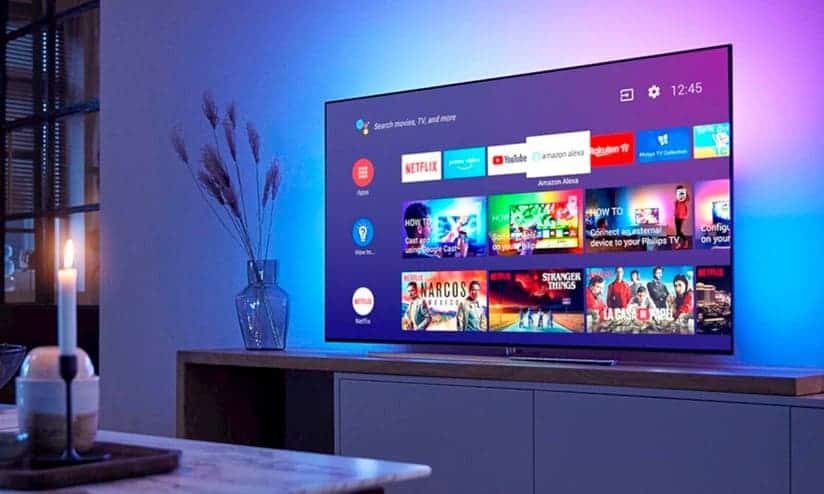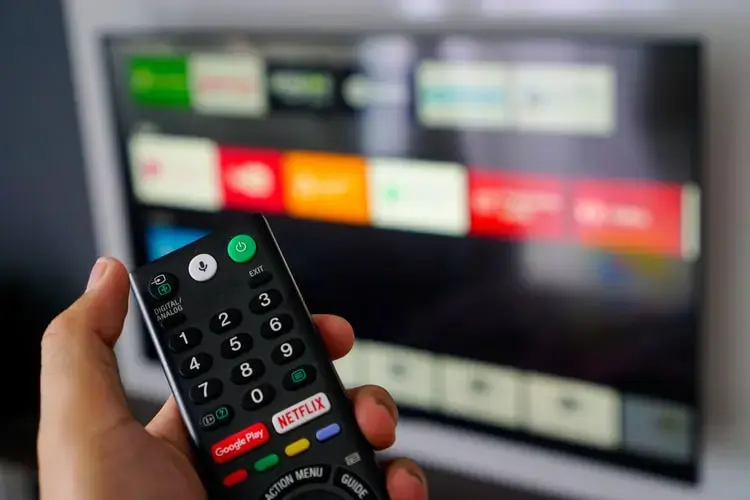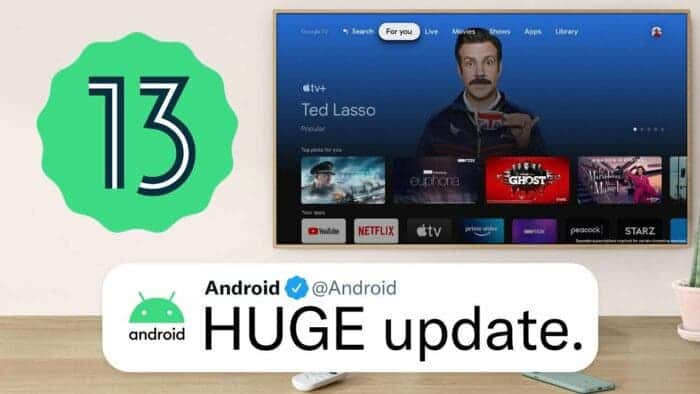Earlier today, Google released the new version of the Android TV system, Android 13 for TV. The new version comes with upgrades in access and performance. This will help developers to prepare for the next-gen TVs and build good apps.

Here are some new upgrades in Android 13 for TV
The Android 13 for TV update comes with some cool features which make it very trendy. Some of the features include
Media and Power
- Audio routing lets the app identify the device being routed. It also notes the formats before it creates the AudioTrack.
- Users can control preferred resolution and refresh rate on supported HDMI source devices
- The update offers high power rule for low-power standby
Input Control and Auxiliary
- Hardware mute switch status now reflects in the system privacy controls
- Updates user controls for Assistant microphone access on the remote
- Global preference to enable audio description across apps
- New keyboard layout API allows users to select different language layouts for external keyboards

HDMI and Tuner
- Better handling of HDMI state changes on HDMI source devices
- Improved language selection for HDMI source devices
- Brings tuner HAL 2.0 with performance optimization. It also offers dual tuner and ISDB-T multilayer support
- As an extension of TIF, a framework for interactive TV use cases
Performance and Quality
Android 13 brings new APIs for large screens. This will help developers provide high-quality experiences for users of different device types.
- Developers can now easily predict the audio property support for the active audio device. They can also choose the best format without starting playback. These are possible due to the upgrade in the AudioManager API.
- To get a better playback scene, users can change the default refresh rate as well as the resolution. This can be done on supported HDMI source devices.
- HDMI state changes are now surfaced in the MediaSession lifecycle. This allows TV sticks and other HDMI source devices to save power and pause content in response to HDMI state changes.
Accessibility and Input Control
There are some new upgrades that make it easier to operate the TV.
- The InputDevice API now supports diverse keyboard layouts. Game developers can also refer to keys by physical location to support diverse layouts for physical keyboards.
- The Audio Description API in AccessibilityManager allows apps to query new system-wide audio description preferences. This will help developers to provide an audio description that matches what users want.
You can check out the Android TV OS site for more info on the features that Android 13 on TV brings.





